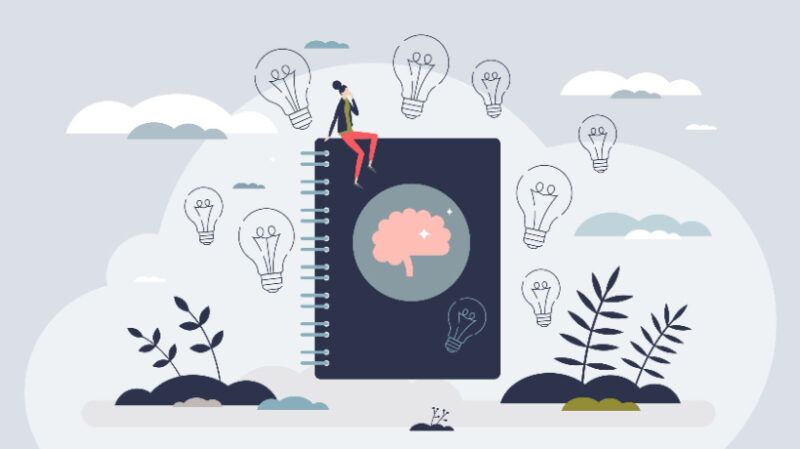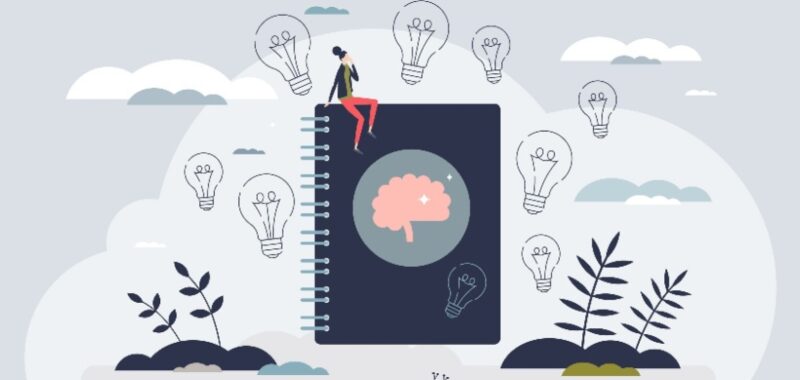
Supercharge Learning Experiences With Neuroeducation In The Classroom
Today’s learners can be quite selective when it comes to education. While statistics reveal rising numbers in favor of continuous learning, the limitations of conventional learning methods have made it harder than ever to lure and maintain learner attention. So, as an educator or eLearning professional, have you considered whether you’ve made the most out of your curriculum? Is it optimal enough to bring (and keep) new faces to your audience? It’s time to shift gears and channel the principles of neuroeducation into our classrooms. Let’s dive into why a neuroeducation-based approach can create optimal learning environments that help learners harness their potential and exceed expectations.
A Neuroeducation-Based Approach To Classroom/Curriculum Design
Neuroeducation offers immense potential for cultivating equitable, neuroinclusive learning spaces that celebrate cognitive uniqueness and provide tools for a lifelong quest for knowledge acquisition based on individual needs and characteristics. By channeling neuroscience and educational psychology to elevate their pedagogical approaches, it’s no wonder that educators can greatly benefit from a neuroeducation-based curriculum. Let’s talk about how to make that happen.
1. Focus On Multisensory Learning
Aligning seamlessly with the concept and principles of neuroeducation, multisensory learning can address varying learning needs to cater to a diverse pool of learners. Multisensory learning activities encourage better retention, enhance engagement by captivating attention, and promote the notion of adaptability. In addition, curricula based on engaging the senses are more effective in stimulating curiosity and encouraging learners to take a more proactive stance in the learning process.
For example, visual aids, auditory elements, tactile activities, or even cross-sensory projects engross students and help reinforce learning concepts much more efficiently. Since sensory input simultaneously engages multiple brain regions, multisensory learning practices aid in the formation of more robust neural pathways that solidify knowledge acquisition and retention.
2. Personalize Learning
As always, personalized learning is the way to go. Neuroeducation-based classrooms allow educators to modify and differentiate instruction to better cater to each learner’s cognitive uniqueness. Based on the brain’s natural learning systems, this approach embraces curriculum adjustment and personalization to help learners organically acquire, process, and retain information at optimal levels. Therefore, there’s great flexibility—for both instructors and learners—as personalized learning in neuroeducation-based environments accommodates a wide variety of learning activities, all while celebrating neurodiversity within the classroom.
3. Promote Physical And Mental Well-Being
Neuroeducation illustrates the intricate connection between cognitive function and physical and mental health. In simple words, for peak cognitive performance, one must devote effort to care for their overall well-being. Therefore, to promote physical, mental, and cognitive wellness, educators need to create supportive learning spaces that teach students how to prosper physically, mentally, and cognitively.
For example, short exercise breaks, nutrition advice, and emotional regulation techniques are some fundamental aspects that instructors should incorporate into their neuroeducation-based curriculum. This knowledge can help learners cultivate healthier habits, develop emotional intelligence, and enhance their overall performance.
4. Create Positive Associations
To create robust curricula with better learning outcomes, educators and instructors should focus on establishing positive links between learners and the learning process. It’s no secret that stress reduces mnemonic capability and other cognitive processes. As such, it’s best to detect and address stressors early on, rather than letting learners get overwhelmed and withdraw from the learning process. Instead of allowing them to ruminate on their fear of failure, why not teach them how to identify their negative patterns and reframe hurdles as opportunities? After all, positive associations with learning help students develop sounder coping mechanisms, increase their enjoyment, and enhance attention and retention.
5. Follow The Research
The latest neuroscientific discoveries are published for a reason. Educators and eLearning professionals should work on cultivating neuroscience literacy, or neuroliteracy, a valuable skill in contemporary learning environments and beyond. Neuroliteracy refers to the process of getting acquainted with different brain functions and utilizing this knowledge to accommodate and guide the brain’s natural learning systems toward optimal results.
Especially within a classroom, where the unexpected should be expected, researching and leveraging neuroeducational findings helps educators prepare to cater to individual learning needs and optimize their pedagogical approaches. It’s by staying informed that they will be able to reach a broader audience.
6. Leverage Technology
Technology integration is invaluable in contemporary learning spaces. Not only does it promote digital literacy—a core skill for an individual’s personal and professional life—but also augments the learning process through creative, immersive, and interactive learning experiences that boost outcomes. Lastly, access to cutting-edge tools, like AI, VR, and AR, allows learners to understand how technology fits into the grand scheme of things; tech-savviness beyond mere literacy increases self-reliance and nurtures self-confidence, paving the way for further development, innovation, or even career shifts.
Additional Tips And Practices For Your Classroom
Whether you’re teaching a K-12 in-person class or training employees via online courses, it’s good to instill practices and habits that carry the essence of neuroeducation. Here are a few more tips on how to bring neuroeducation into your classroom.
-
Meditation And Journaling
Metacognitive reflection through journalling helps identify negative thought patterns, improves self-awareness, and promotes self-discipline. Meditation is a craft that aims to teach patience and develop resilience while allowing learners to regulate and process their emotions.
Teaching learners to design their own journeys toward milestones cultivates core skills that last a lifetime. From coming up with targets to devising action plans and dealing with unexpected hurdles along the way, learners get acquainted with what it means to persevere, overcome, succeed, and fail. Beyond training or formal education, setting goals is an essential practice that everyone should master.
-
Physical Activity And Exercise
Exercising for recreational purposes promotes neurogenesis, the brain’s ability to create new neural connections in response to unknown stimuli. Physical activity is also a great way to regulate emotions, reduce stress, and establish lifelong healthy habits. Of course, physical exercise may be stressful in a classroom context and isn’t as effective when mandatory; it’s best to let learners pick what works for them by offering them a wide array of options.
Due to its profound impact on cognitive, emotional, and social development, art has the power to transform educational experiences for learners of all ages and backgrounds. By providing enrichment opportunities through art training, learners can create positive associations with the learning process, strengthen mnemonic capabilities, improve motor and social skills, and discover new avenues toward self-expression.
Conclusion
With attention spans steadily shrinking in this fast-paced reality, educators and eLearning professionals need as much help as they can get to create optimal learning spaces that celebrate neurodiversity and promote students’ overall well-being. Through a neuroeducation-based approach to curriculum and classroom design, we can change the game for all learners, setting them up for success in the long run. It’s safe to say that neuroscience isn’t just for neuroscientists!

